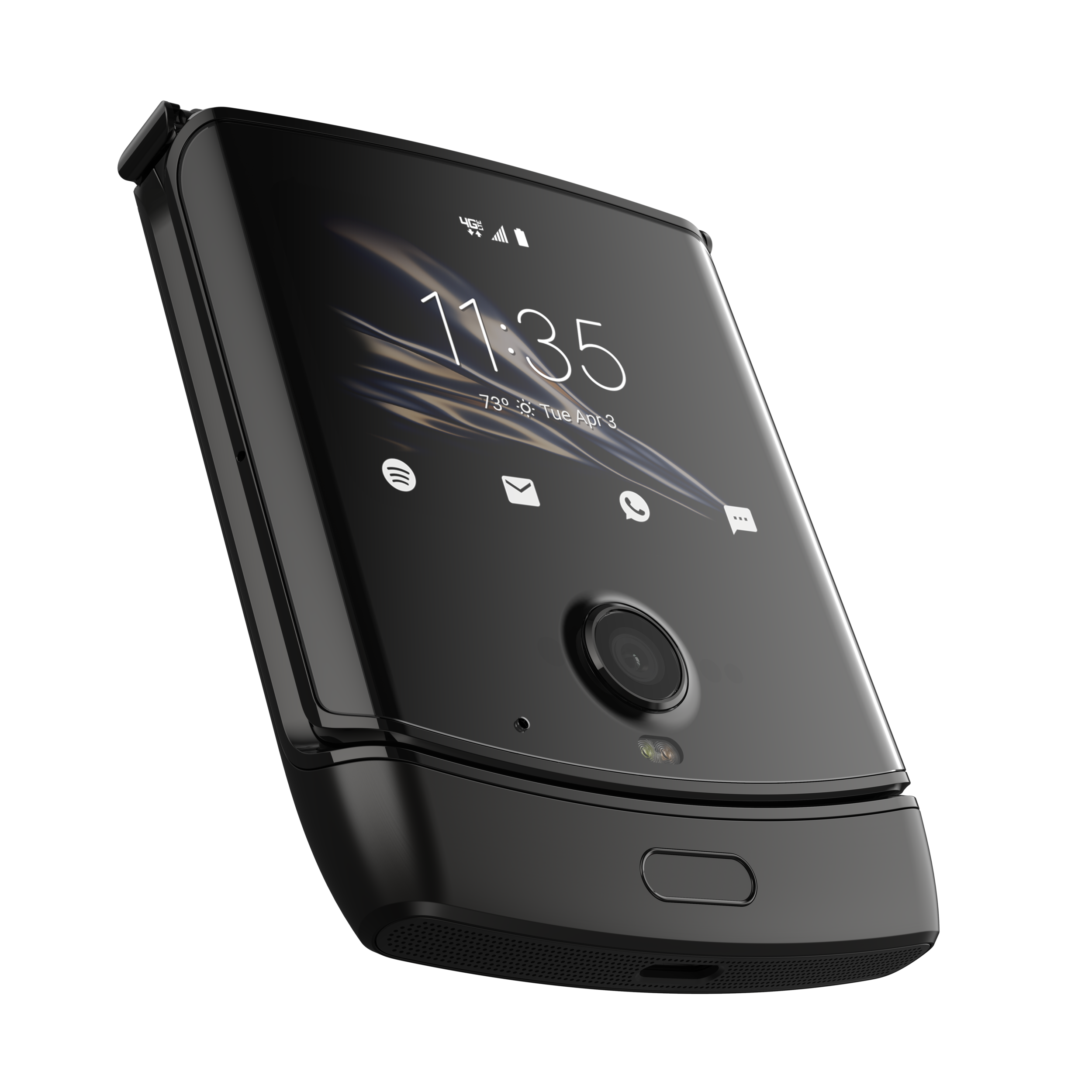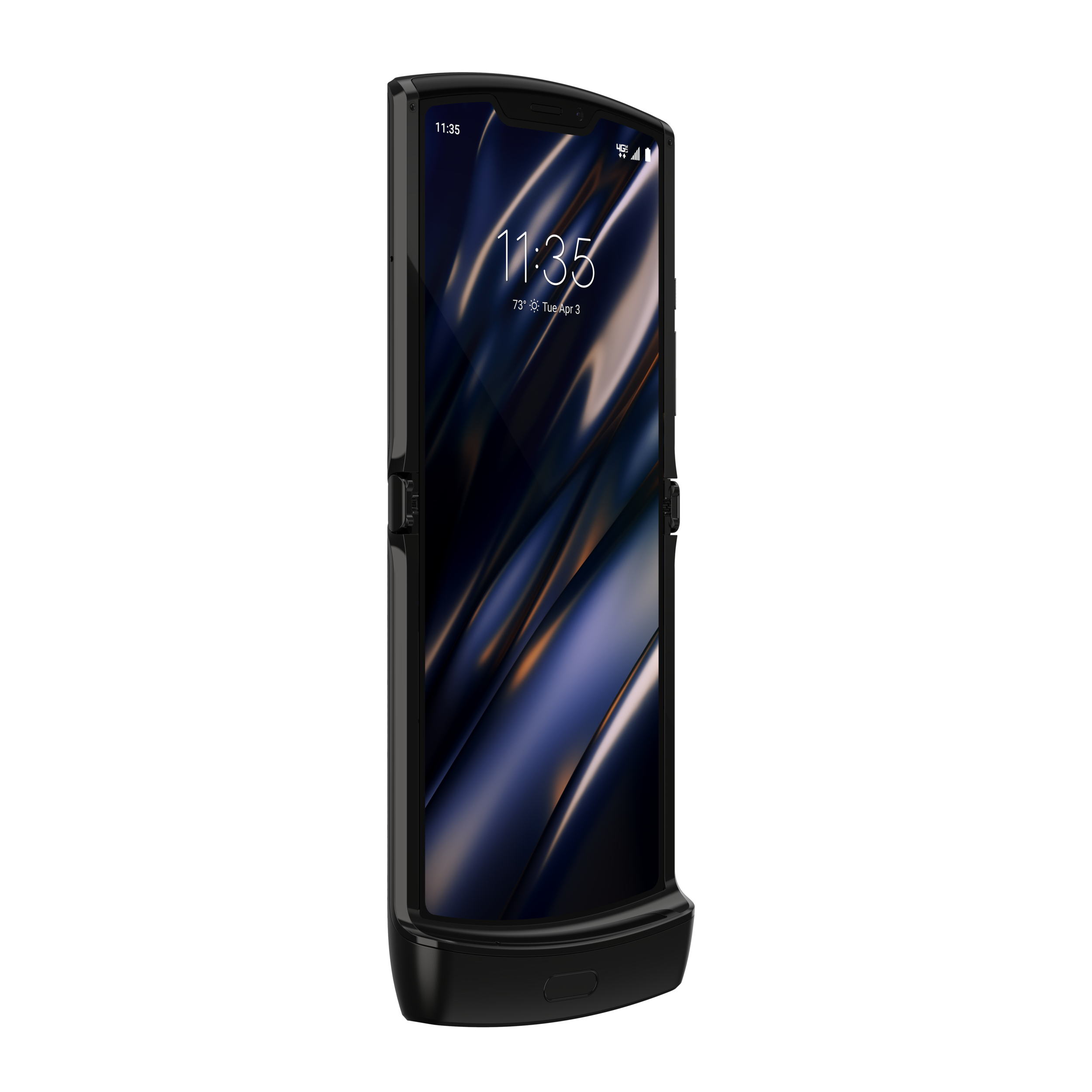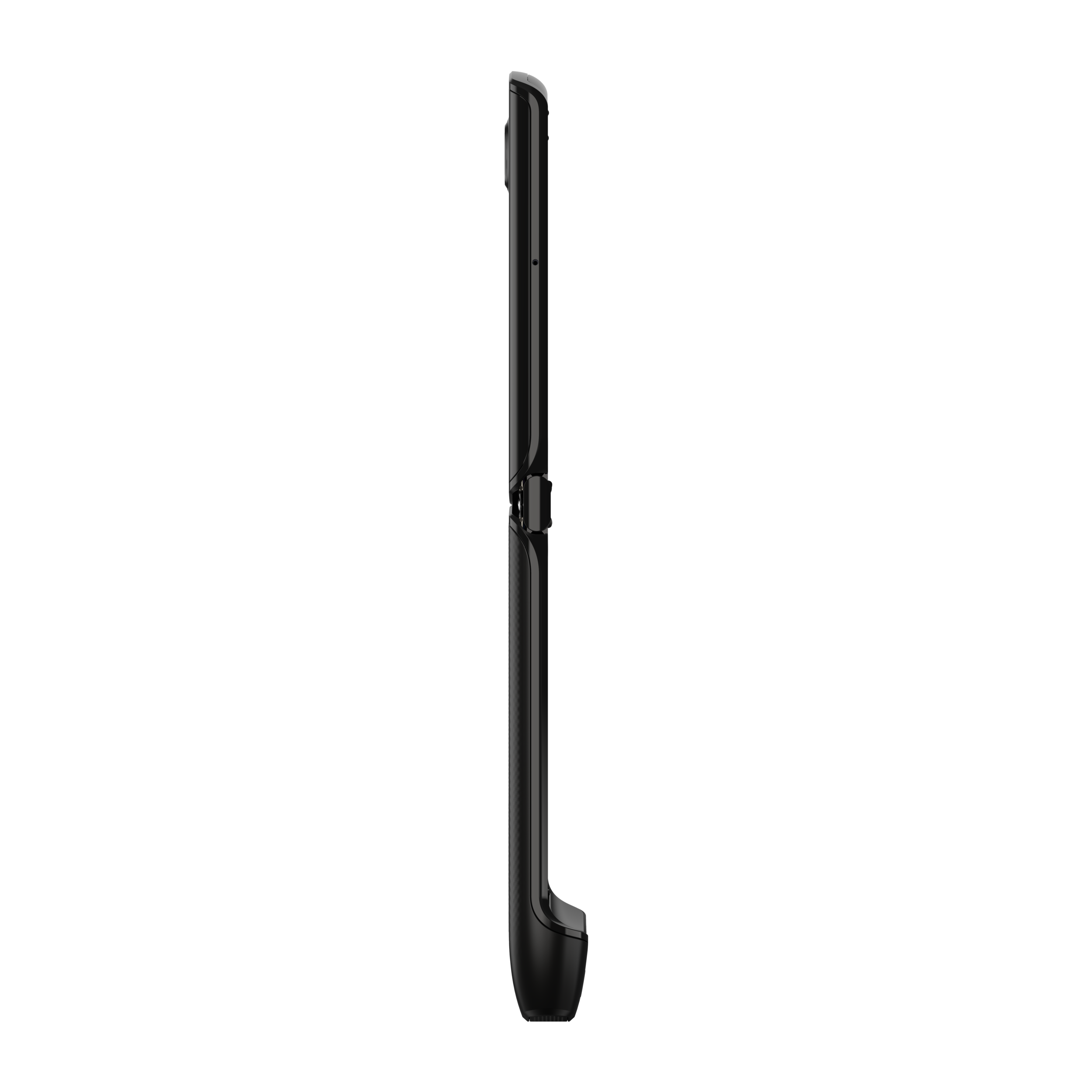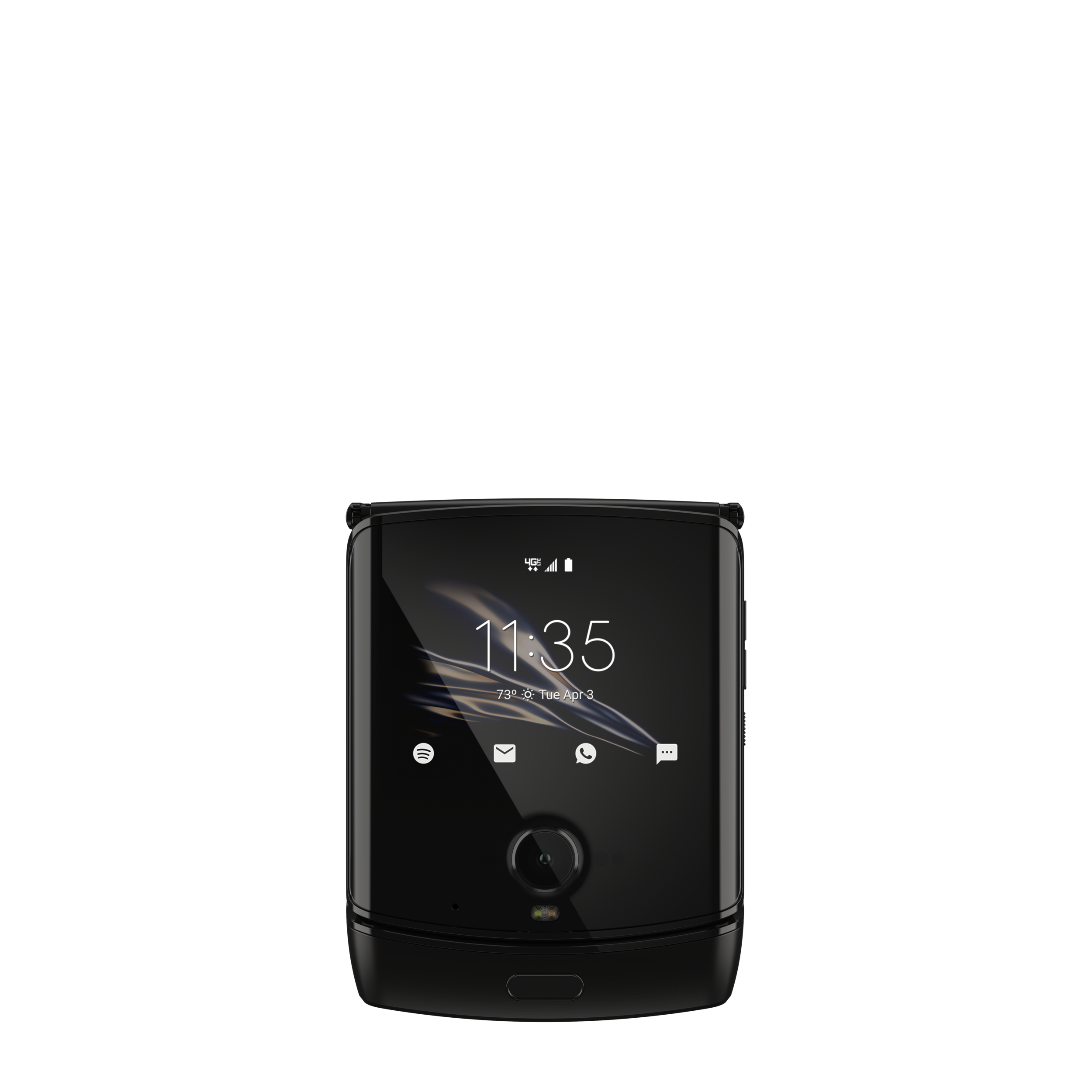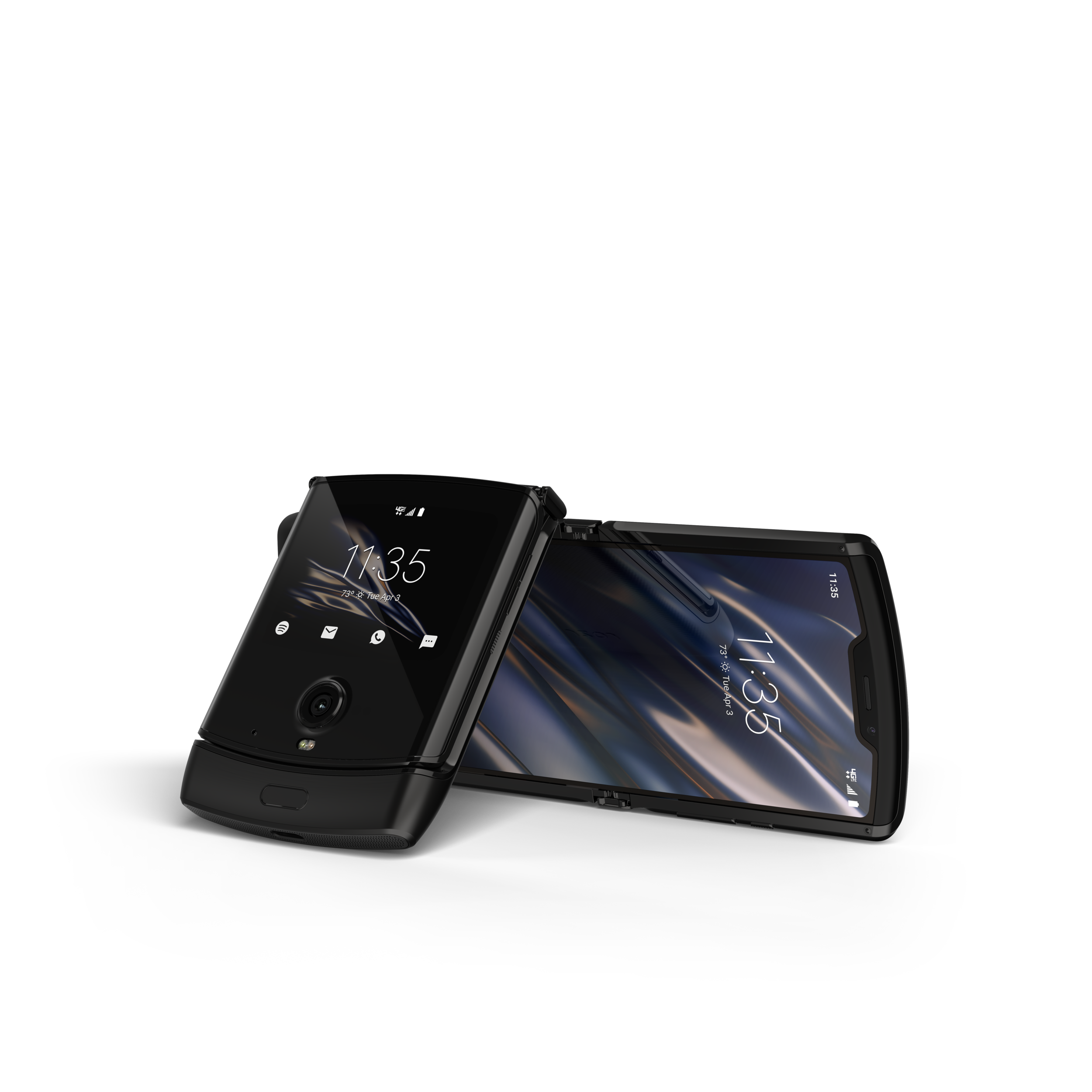With the announcement of the new Motorola RAZR 2019, I think it would be a challenge to argue it isn’t cool. The RAZR of yesterday is a legendary phone. Motorola is no stranger to making some important advancements in mobile phone technology. Going back even further, the StarTAC was a super cool, Star Trek, communication device that change the mobile world.
This new RAZR is really slick—the hinge was four years in the making to ensure that it doesn’t (hopefully) have the same fate as the Samsung Galaxy Fold. The external display allows for one to engage the device for quick responses to messages, see notifications, use the primary camera, control music, and more. The design is glass, stainless steel, resin material, and has splash resistances. When unfolded it is flat and beautiful. When it is closed, it is compact and slick.
However, with all the coolness, 2004 retroness, technology, thiness, and more, people are complaining about the tech specs.
While I’m not here to really discuss the choices of Motorola, I’m discussing technical specifications as a whole and how, mostly, they do not matter.
Consider this: In 2000, were people checking there email on computers? And in 2010? And will we be checking email on computers in 2020?
The correct answer is ‘yes.’ And that is the point. Overall, how we use our devices, hasn’t really changed. Let’s consider iPhone in 2010. It was the year of iPhone 4, Instagram, and people started to really use their iPhone as a camera. In fact, I took a whole trip to London and left behind my Nikon D700 just to see how far I could push my iPhone 4 camera. While it was no match for iPhone devices of today or my Nikon D700 of 2009, I have photos from London that I love.
I took those photos, edited them and posted them to Instagram, and did so while abroad, on various networks in the U.K.
Today, iPhone 11 Pro is a very sophisticated mobile computer with three cameras, OLED XDR display, and (mine) has eight times the storage of iPhone 4, LTE, and so much more. But in the end, I use it very much the same way as before.
The Motorola RAZR has an “old” processor and camera sensor, small battery, and 128GB of storage. But who cares? This device isn’t designed for the power user. To make it highly portable and foldable, it would make sense to put a smaller battery. But to save on power, they put in a “slower” processor.
Let’s discuss two scenarios:
Motorola makes the RAZR thicker with a bigger battery and a more powerful processor. Audience: “it is too heavy, bulky, and doesn’t fit the RAZR heritage."
Motorola makes the RAZR thinner, smaller battery, and compensates with a slower processor. Audience: “it isn’t as fast as other new Android devices."
Consider every device you own and how much engineering and other decisions go into them. Specs are one facet of any device and the perspective of good or bad is very much relative. Everything is a tradeoff.
Images courtesy of Motorola
